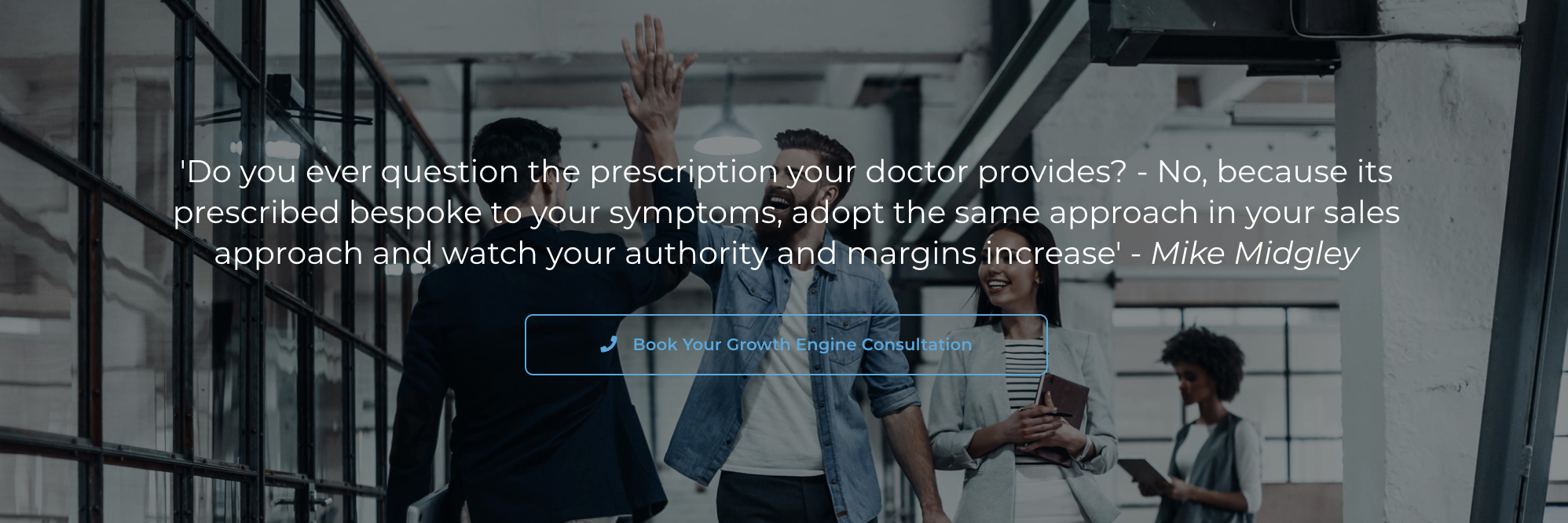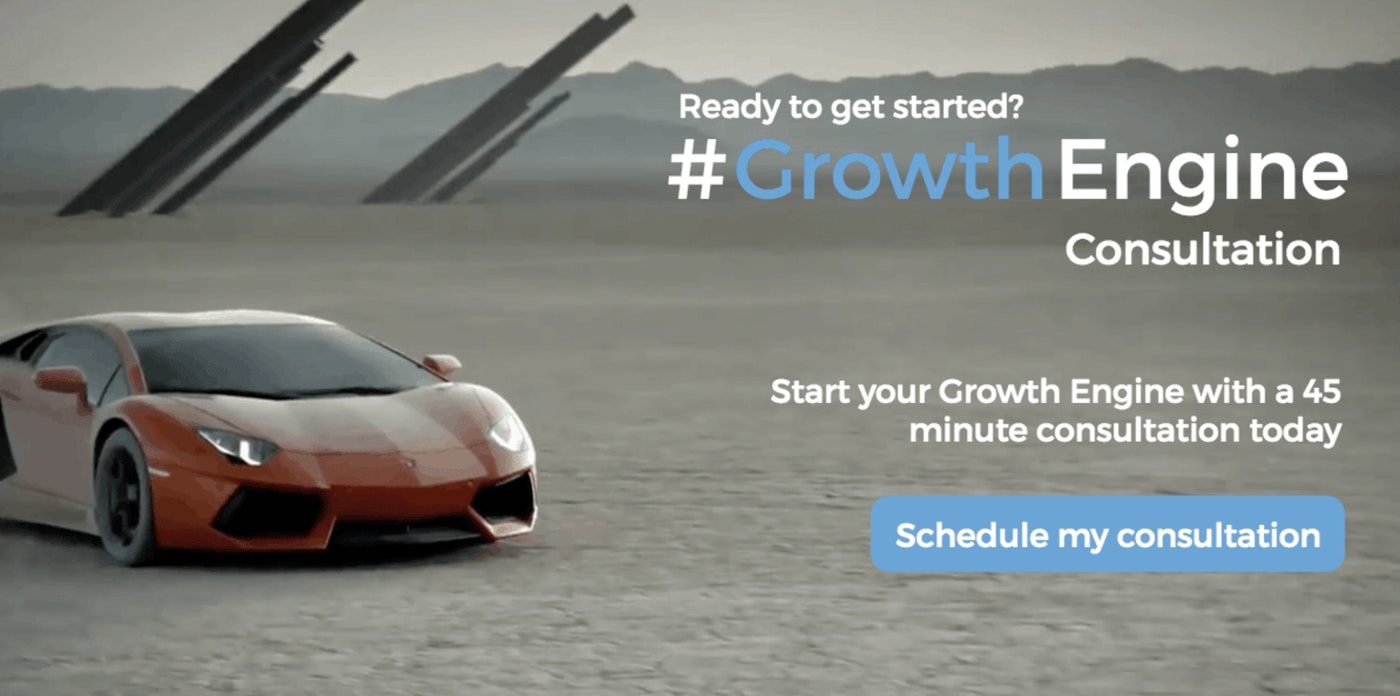
Deal Stages
Introduction
In this Growth Engine daily video what I’d like to talk to you about is deal stages.
By the terminology deal stages what I’m mostly sort of really trying to get you to focus on today is are you actually entering into a sales process that’s doomed to fail.
Or are you entering into a sales process that, first and foremost, is going to give you every chance of closing on it?
Now, if you’re in a situation where either yourself for your sales team, or either waiting for any old lead to come in, or are going out there and doing the hard yards networking, building your network, BNI, all the networking groups and things like that, and again all excellent work;
- Good groundwork
- Good network
- Good relationship building
But if you’re doing that, and you don’t really have a plan around that.
Then ultimately, there’s no way of really measuring the results that you’re going to be getting.
So, short pit stop this morning, just want to talk about three stages.
Here at Mike Midgley Executive, we call it to consult, diagnose, prescribe, and you may have come across this in different formats like lots of things that we do, we take it out of real-life experiences.
Also out of books that we read and personal development.
So there are many ways that people do this, people like Skip Miller, William “Skip” Miller of 3M, he’s got a great way of phrasing and framing this out, maybe not slightly the same as ours, but very similar.
You know the HubSpot, inbound methodology, you know what Dan Tyre frames out again is similar.
So, we don’t claim exclusivity to this, I just want to share how we’ve sort of looked at all the people out there who do this, we’ve tried differently methodology in our own business, and we’ve settled on this that seems to work for us.
Consult Stage
Initially, when you take a call or, you know, you meet somebody, ask a series of questions just to see if they’re a good fit for your business.
Are they the right type of customer?
Because if they’re not, you could be chasing a wild goose chase.
If you’re not sure, that’s fine, you can dig a little bit deeper, but the great thing that the HubSpot mentality sort of teaches you is that realistically, are they the right type of person?
Do you think you could do business with them?
So, that’s point one inside consult.
Point two inside consult is done they actually have a problem that you can fix.
Point three inside consult is are they actively looking to get a solution or hire a professional to help them fix that solution or fix that problem to get that solution should I say.
- In the consulting stage, are they a good fit, do you think you could work with these people?
- Do you actually believe that or can you identify that they actually have a problem that you can fix
- Are they looking to solve it?
So that’s the consulting stage.
Diagnosis Stage
That’s where you’re really going to dig a little bit deeper, and if you’ve already validated the consulting stage.
Then ultimately, this is where you’re going to really dig down on those problems or aspirations.
- You’re really going to frame out that problem.
- You’re going to show them the cost of lost opportunity

Show them the cost of not fixing this.
Identify what skills they already have in the business or in themselves to address this and whether they’re going to need a fully managed or a part-assisted solution.
We take about 40, 45 minutes with a client on that.
It’s all about them, tell us how you do this.
- What do you do there
- What’s this impact
How are you addressing this situation?
If you don’t address this situation, what’s happened in this area.
So it’s consequences as well as agitation as well as genuine identification.
There are no trip wires here, we’re not hooking anybody up to buy something that they don’t want.
We’re responsible for our results at the end of the day.
We’ve got to make sure that we’re really honing and identifying exactly what their problem is so we can get the best solution for them.
So that’s really the diagnosis side.

Prescribe Stage
If you’ve really taken the time to tentatively listen and qualify their requirements, speak to their team, really dig deep and find out what exactly their problems or aspirations are, you should have a very clear picture of;
- Here’s where you’re at
- Here’s where you want to get to
- Here’s the gap in the middle
- Here’s I’m going to write you a prescription
That prescription is written around your services.
How each one of those services would address each of those individual problems or aspirations.
So, think about it very much like a doctor’s surgery.
- You get a consultation
- Then you get a diagnosis
- Then they write a prescription of which you, as the patient, take over to the chemist or the pharmacist, and then you redeem that prescription in return for some type of medicine.
Which is hopefully going to make you feel better.
So, it’s a simple process.
It’s often overlooked.
As I said, we don’t claim any exclusivity on it, but what we do sort of claim is that, stick to the process, make it work for you, adapt it to your requirements.
Keep your customer front and centre, and if you do that, hopefully, your customer knows you’re going to listen to them better.
Further on that, they’re going to hopefully give you the business as a trusted and confident partner to help them fill that gap and move forward.






